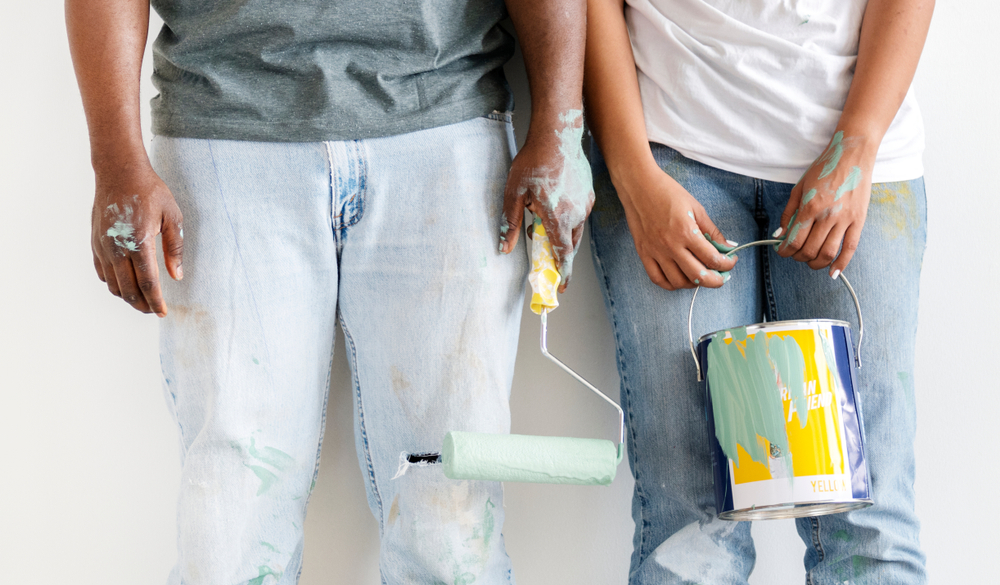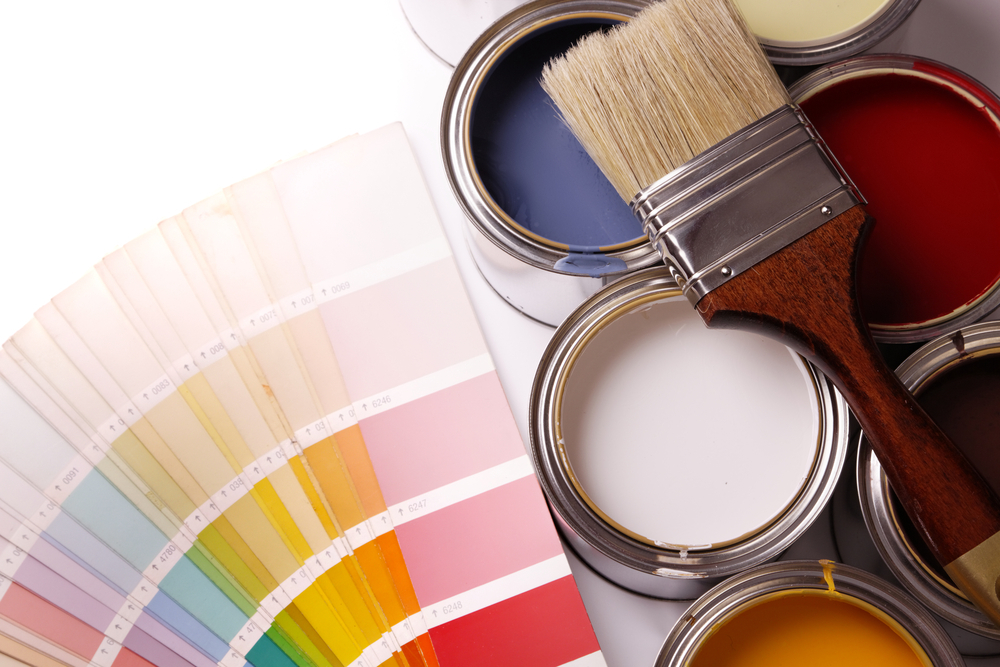
Over the last year, we’ve all spent more time in our homes than ever before. When you spend all your time in the same four walls, you begin to notice things – things that you wouldn’t normally notice. As well as seeing the glaring issues that make up your snag list, you’ll probably want to change up your space simply because after a year indoors, you could well be bored of looking at the same décor.
Before you start painting over your walls and stripping the wallpaper, you need to prepare your home for renovation. As the saying goes, if you fail to prepare, prepare to fail. Here are some tips of preparing your home for renovations that will ensure your hard work is not in vain and that you get stellar results every time.
Furniture
The first step is to consider furniture and where it’s going to go during the renovation process. This will largely depend on the room you’re decorating and what furniture is already in it. For example, if you’re painting your kitchen, it’s not going to viable to remove all your large appliances like the fridge or the laundry machine(s), but you might be able to move smaller things like the kettle and the microwave. For furniture that is too big to move, cover it with tarpaulin or a dust sheet to protect it from damage from the likes of paint and debris.
If you need to renovate around a particularly large item and you don’t anticipate the work to be anything more than cosmetic, consider pulling the furniture out and covering it rather than trying to decorate around it. This will ensure a much cleaner and uniform finish, especially if you end up moving the room layout around in the future.

Usability
A room might not be usable if you’re undertaking major renovations, namely in the bathroom and/or the kitchen. For renovations of this nature, you need to have a plan in place for when the room is off limits.
Many people who renovate their kitchens move their fridge, kettle and microwave into another room and batch cook food in preparation for not being able to access the kitchen for a set period of time. In the case of the bathroom, you may be able to still use the facilities, but at certain periods access may be restricted, so be prepared to shower elsewhere if needed!
Base
When you’ve emptied out a room, you need to prepare the base. It’s never a good idea to simply paint over existing emulsion, nor is it recommended to repeatedly put wallpaper over existing wallpaper. Rather, you need to strip the room you are renovating back to the base. This will not only ensure a smoother and higher quality finish, but it will also enable you to identify any hidden problems relating to potentially bigger issues, such as subsidence cracks or a failure in your property’s damp proofing.
It’s always best to tackle issues early on to prevent further problems which will, consequentially, save money.
Buy in Bulk
The key to every renovation project is to make sure you have enough of everything. Too often, people begin a renovation project and do not buy enough materials (e.g. paint, wallpaper or carpet). It’s best to buy more than you feasibly need to account for wastage, but also just in case your measurements were off. When you go back for more, you run the risk of buying from a different batch number which means there could be small discrepancies in color or style, and the last thing you want is for your renovation to be skewed by mismatched materials.
Finally, an easy way to add vibrancy and colour to your home is to fill your space with indoor plants. You may want to think about opting for fake plants and flowers due to the benefits of no maintenance, low price and look great all year round.
Summary
These are just a few of the ways you can prepare your home for renovations. Are you planning renovations any time soon?
Leave a Reply